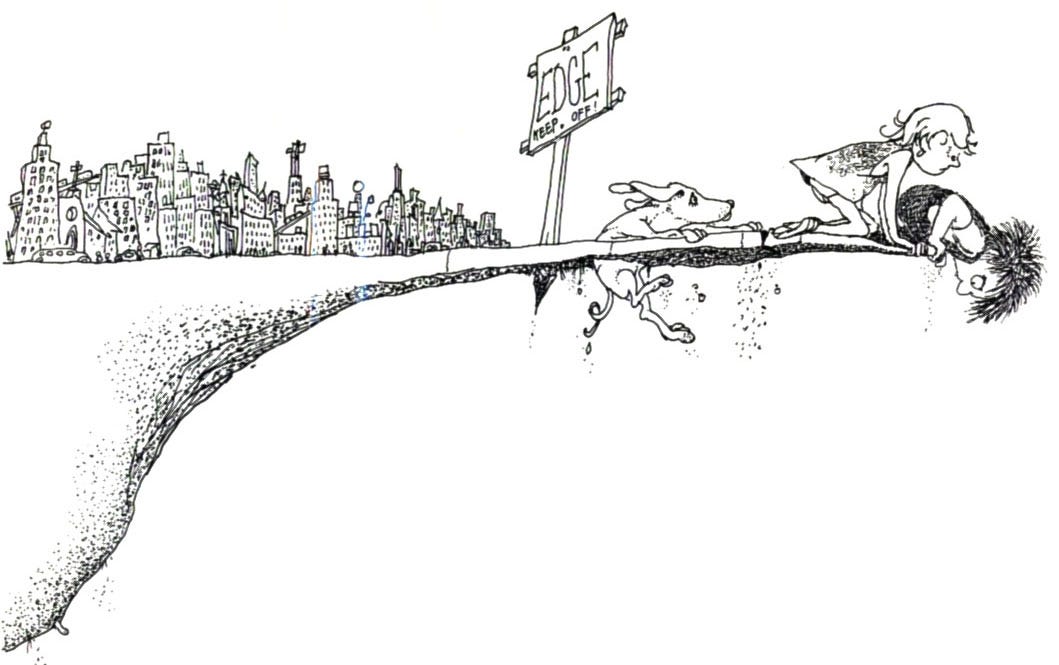From the ground, our view to the horizon is 3 miles. Peering atop the highest observation deck in the United States, humans can see up to 50 miles on a clear day.
While the foreground of daily activity occupies so much attention, our cumulative culture has always looked to the edge for answers. Whether it’s cresting through the clouds on a flight, that inspiring view from any rooftop, or the simple pleasure of walks around the neighborhood, we love the hope-filled distance of any view. Beyond these moments of beauty, how can we think about edges as we keep building?
Action is obviously required, but staying wild and thinking BIG takes practice. Busy can be addictive and the close proximity to how time is spent makes everything feel pressing. The closer the deadline, the more attention it’s given. Keep the promise of what you’re building, but finding time to think is a mental exercise that nurtures gratitude and often attracts fresh opportunities.

To avoid self limitation, collide ideas into more weird conversations. We can chat with anyone online, so leverage our connected era, but then pour in the serendipity! Show up and with your own eyes, get interested.
As boundaries come and go, avoid where the sidewalk ends and there’s no need to always be first in line. Skyline views await us all from anywhere. Build like this. Linchpins go beyond brainstorming and instead, edgecraft ideas toward reality. Lean into Playforce Principles and continue to ship on the timeline of now. Along with that prerequisite, stay open to next and feel different momentums converging toward that next horizon.
No matter how you get there, the edge is wonderfully wild. Every horizon is different and gratitude ensures we don’t go numb to the raindrop of time we have on earth. Perhaps the thesis of this riff is that one horizon is not the only endpoint. Each extent is just too cosmic to ever be the same. Trap time and enjoy sequencing distant views to hug the curves toward your own horizons.